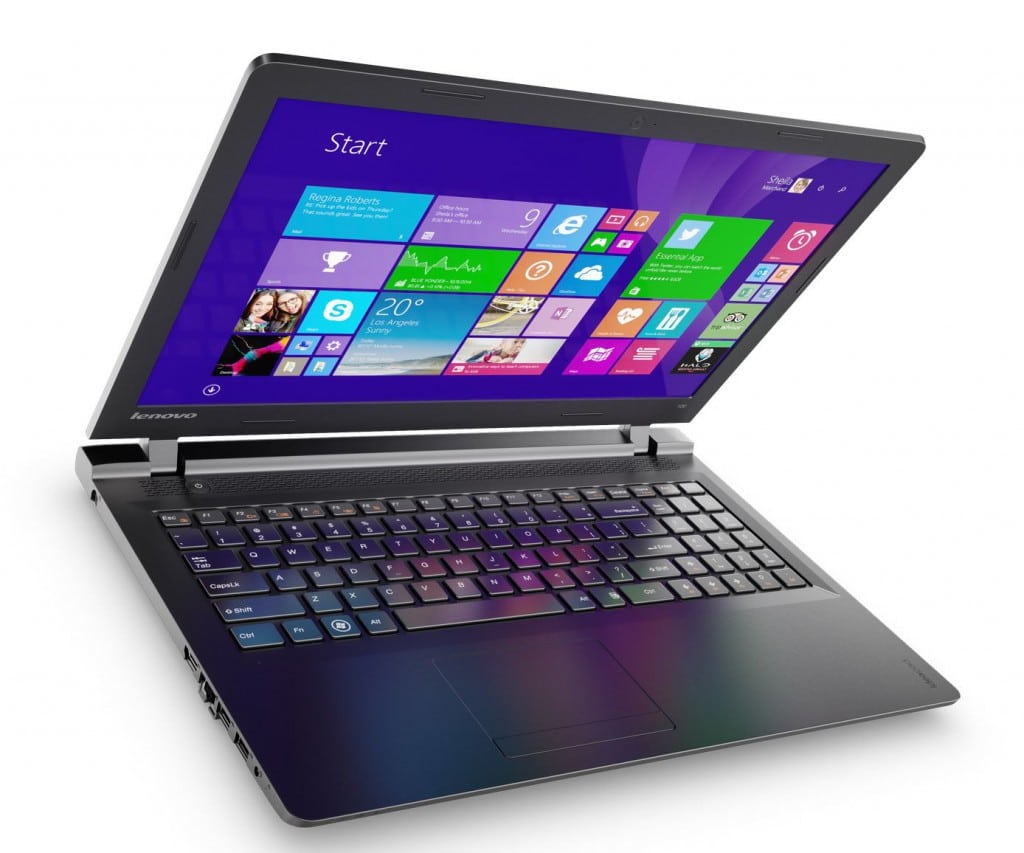According to an Associated Press poll, Black and Hispanic Millennials are just as tech savvy as their white peers.
In a survey conducted by the Media Insight Project, 1,045 young adults from the ages of 18-34 reported their tech habits. This group which included 163 African-Americans and 162 Hispanics were the focus of the poll results.
“People of color are very wired and just as adept in using technology,” said Tom Rosenstiel, executive director of the American Press Institute, which funded the study. “If you want a subject that hasn’t been covered in the mainstream, millennials have found ways to get at that information through community sharing more than traditional ways. The way they get news is heavily influenced by topic.”
The poll suggests that old trends do not apply to this new generation. Because of the increased availability of technology and devices like smartphones, tablets, and cheap affordable laptops people with lower economic means will have access to the technological revolution.
From the poll’s results, 41 percent of Blacks compared with 29 percent of whites and 24 percent of Hispanics will get their trending news from Facebook. The numbers show that 38 percent of Hispanics compared with 33 percent of Blacks and 20 percent of whites will go to Youtube for information and 30 percent of Hispanics compared with 45 percent of African-Americans and 19 percent of whites will go to Instagram.
These numbers show that Black people are extremely active on a variety of social media platforms.
“Streaming music, TV or movies is the most commonly cited online activity among African-Americans, while keeping up with what their friends are doing is the most commonly cited online activity among Hispanics. For white millennials, checking and sending email was most common,” reports Glynn A. Hill for the Associated Press.
This poll was created in January and February of this year and released this month.

















